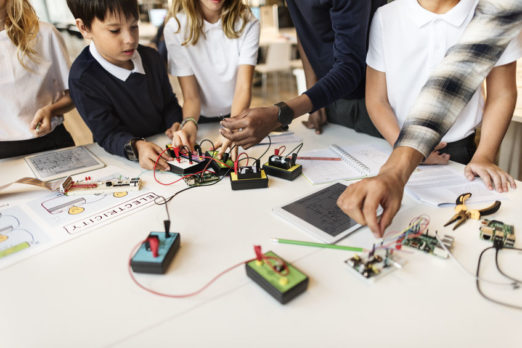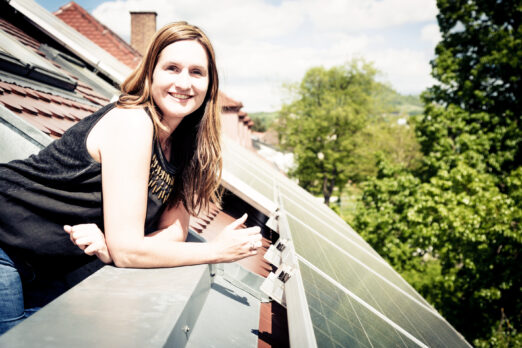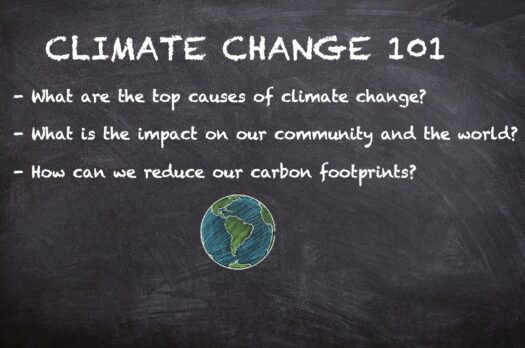
Scientists worldwide see indisputable evidence that the earth is warming, and in some cases, rapidly.
Human activities, such as the burning of fossil fuels for electricity, heat, and transportation, are responsible for releasing the majority of greenhouse gases into the atmosphere, with enormous implications for our environment. The price of pollution, habitat loss and climate change is one we’re all paying — both now and for future generations to come.
We can do better.
One glimmer of hope comes by way of our education system, with the impacts of climate change increasingly being addressed throughout school curricula. Teachers are making students more aware of what climate change is, how our choices can contribute to its effects, and how each person can make a difference, both individually and within the larger community.
An environmental science teacher at Carl Schurz High School in Chicago, Mercea Arsenie, calls climate science “an umbrella over everything I teach.” Among other things, the school has an outdoor vegetable patch as well as hydroponic and aquaponic gardens, and students study how food production impacts climate change.
Michael Arquin is founder and CEO of KidWind, an organization that has instructed more than 450 teachers about renewable energy over its 15-year history during summer trainings held in different parts of the U.S. He says “Learning about climate change can be super depressing, but if we look at what we can do, teachers can find a way to wrap a lot of subjects around wind and solar.”
KidWind sponsors an annual student competition that prompts students to find new designs for wind turbines and gives teachers a way to get their students excited about becoming inventors. Even so, it still falls on teachers to self-educate and, in some instances, pay for their own continuing education courses.
Some school buildings are demonstrating the benefits of renewable energy sources themselves. Within the US alone, 5,489 K-12 schools are solar powered, with most located in Arizona, California and Nevada, New Jersey and Hawaii. Despite substantial start-up costs, advocates argue that the cost savings from switching to solar power over 20 years will be an asset to cash-starved schools and school districts — and provides clean energy.
Resources for educators:
- http://stem.guide/
- https://www.learntoconserve.com/
- http://thirstforpower.com/movie/
- https://www.kidwind.org/
- https://www.climate.gov/teaching/toolbox-teaching-climate-energy
- https://www.techgirlz.org/
- https://www.nextgenscience.org/
- https://www.saveonenergy.com/learning-center/post/tips-for-getting-your-kids-to-save-energy/

With the increasing frequency of climate-related disasters, our children are growing up in a changing world. This is a growing…

Today’s young people are living through a constant barrage of climate disasters ranging from heat waves to hurricanes, but most…

Energy and water are two fundamental elements that make up a society, and they are interconnected. The documentary film Thirst…